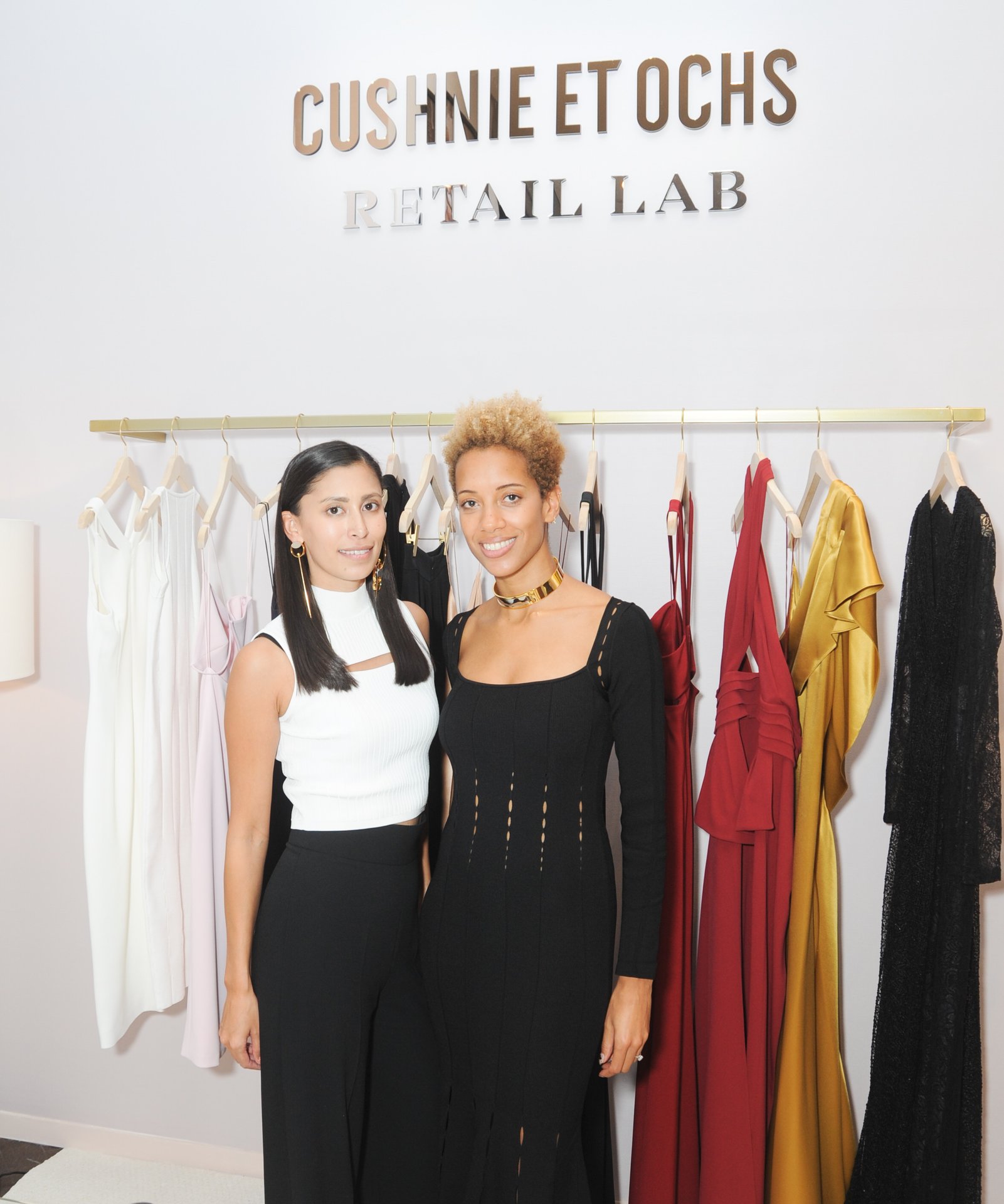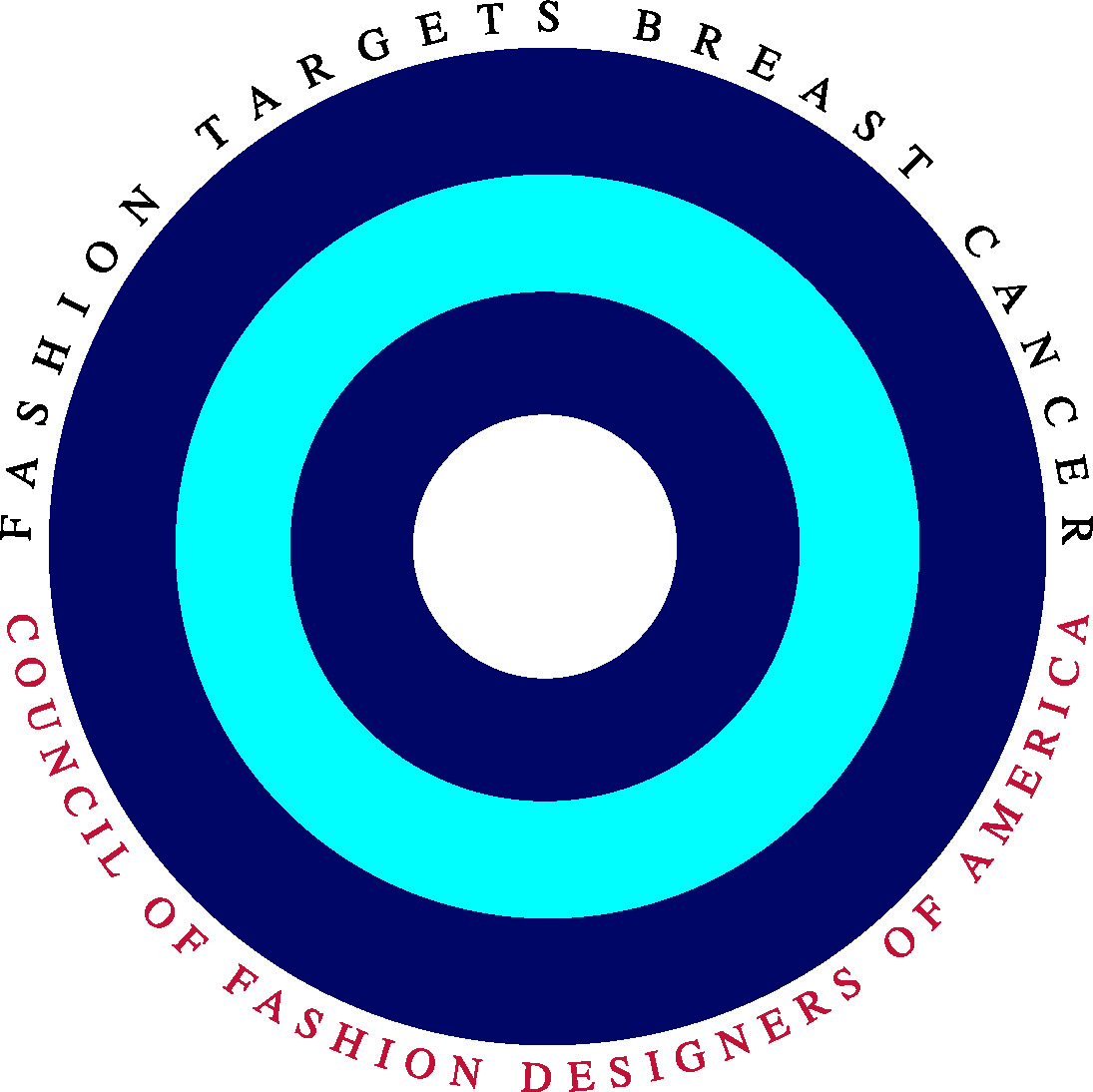The Future is Now: CVFF Finalists Take on the Intel Design Challenge
October 18, 2016
Todd Plummer
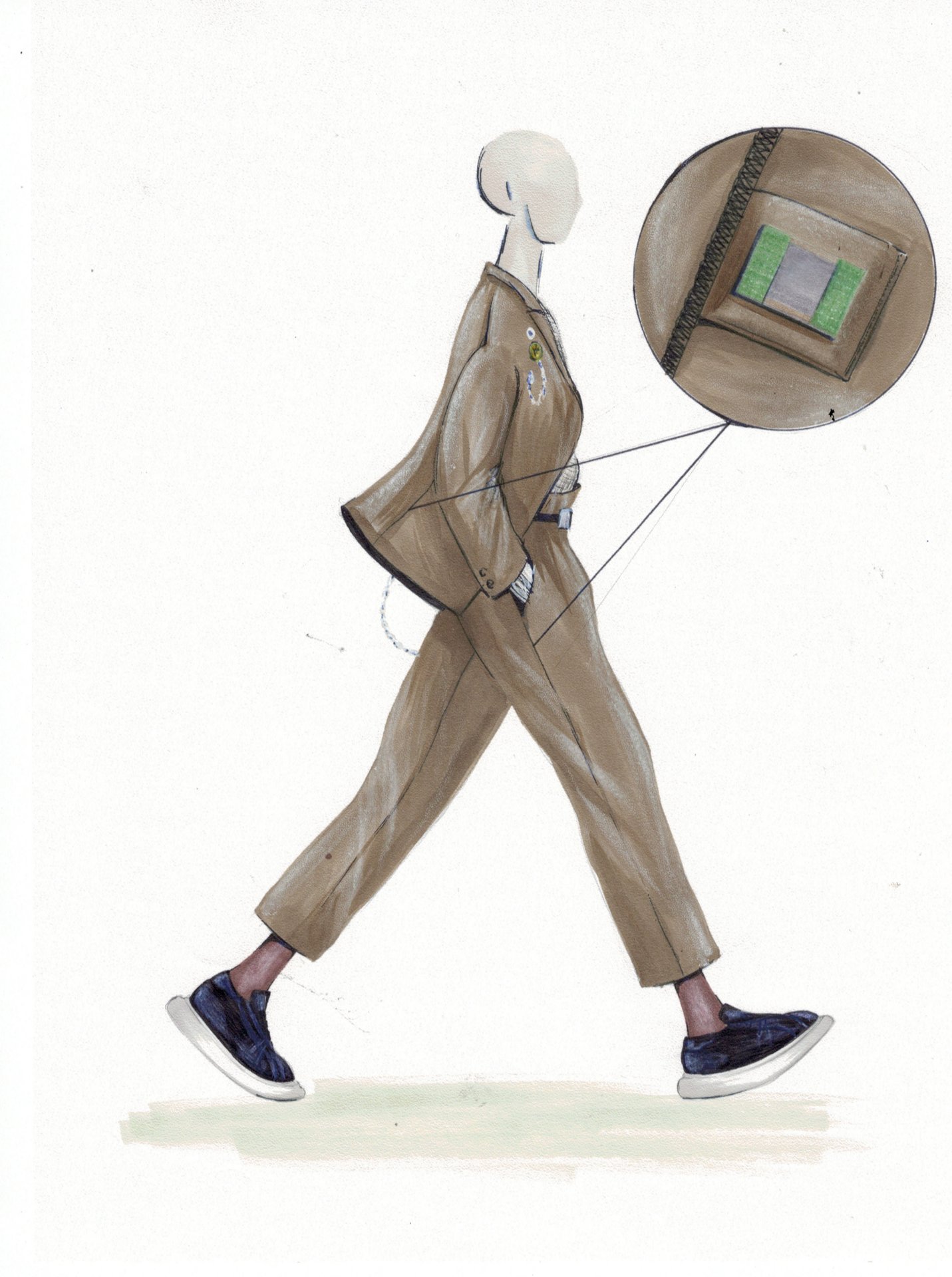

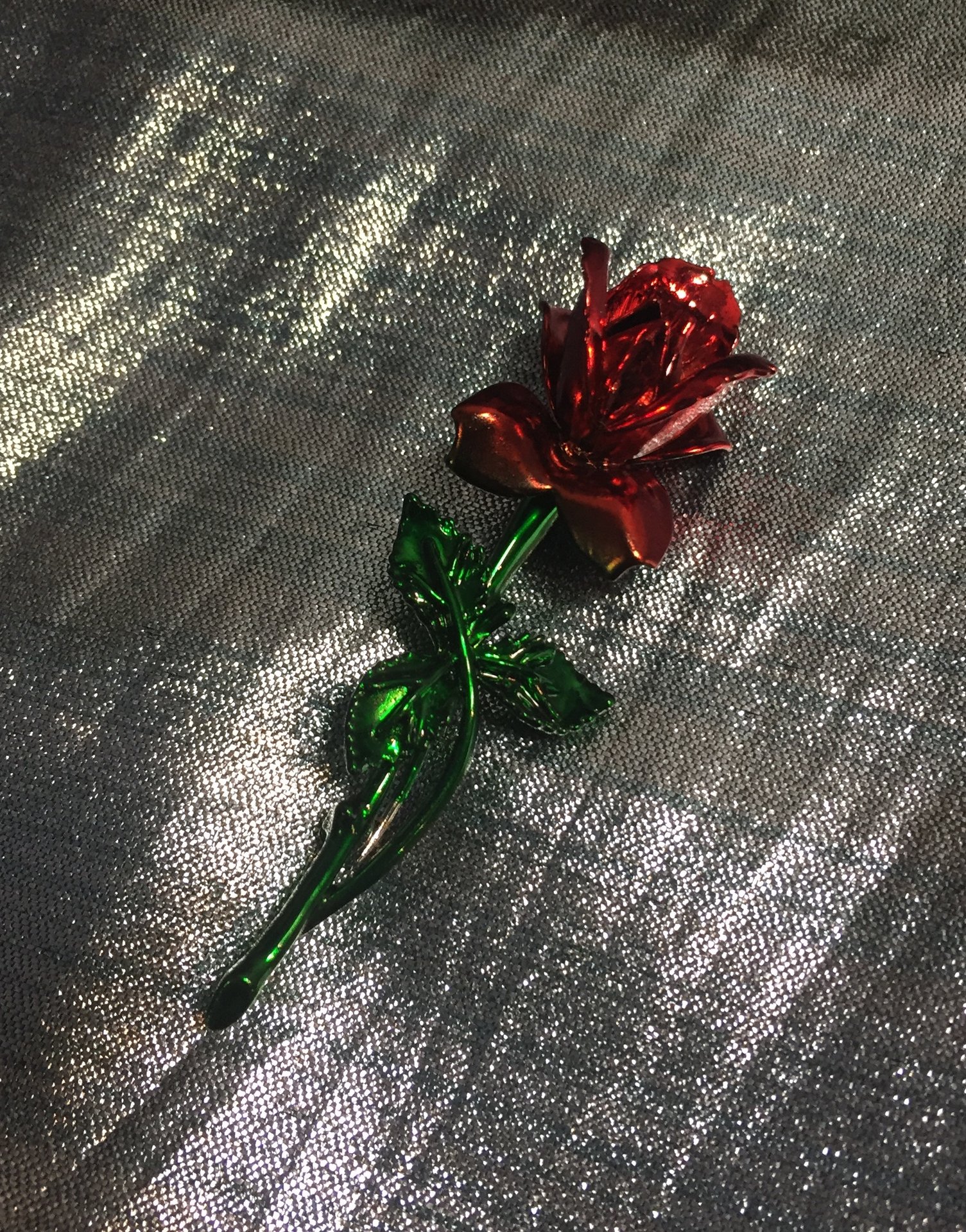
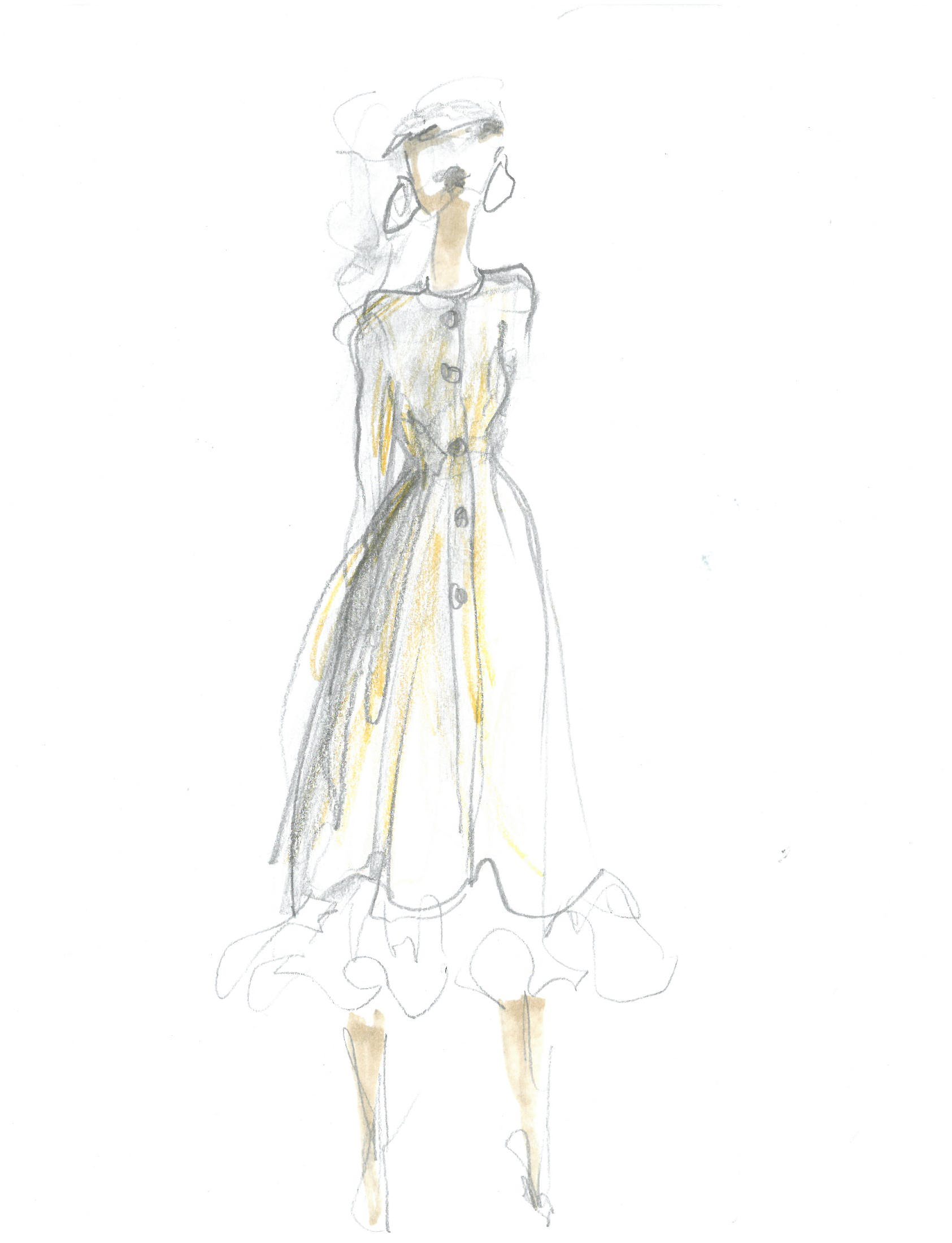
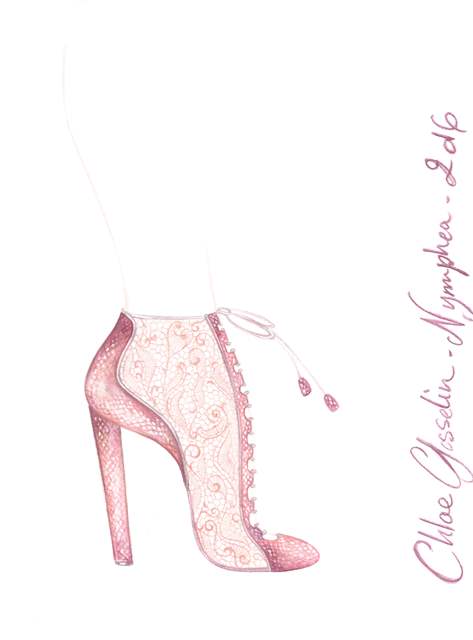
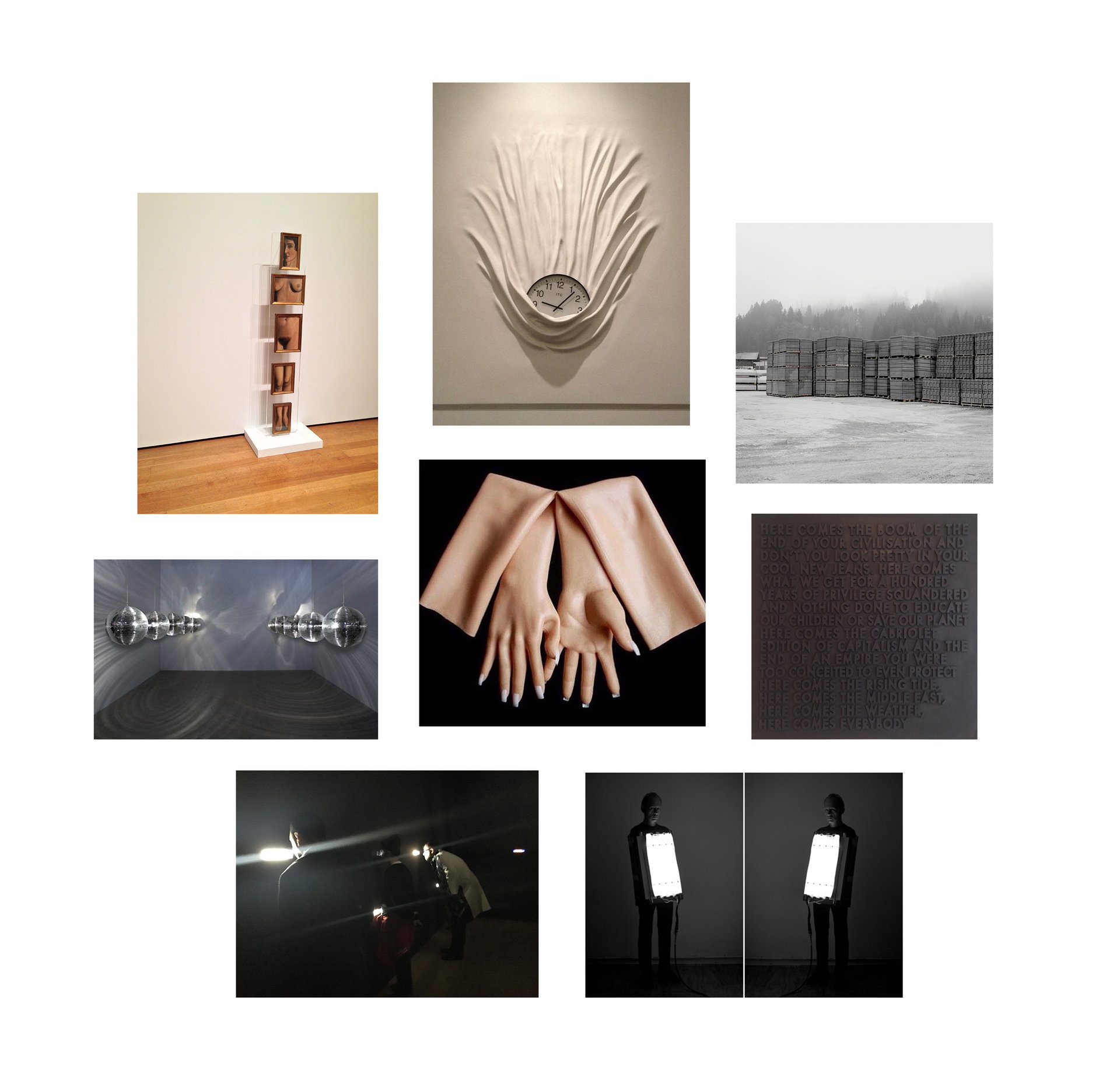
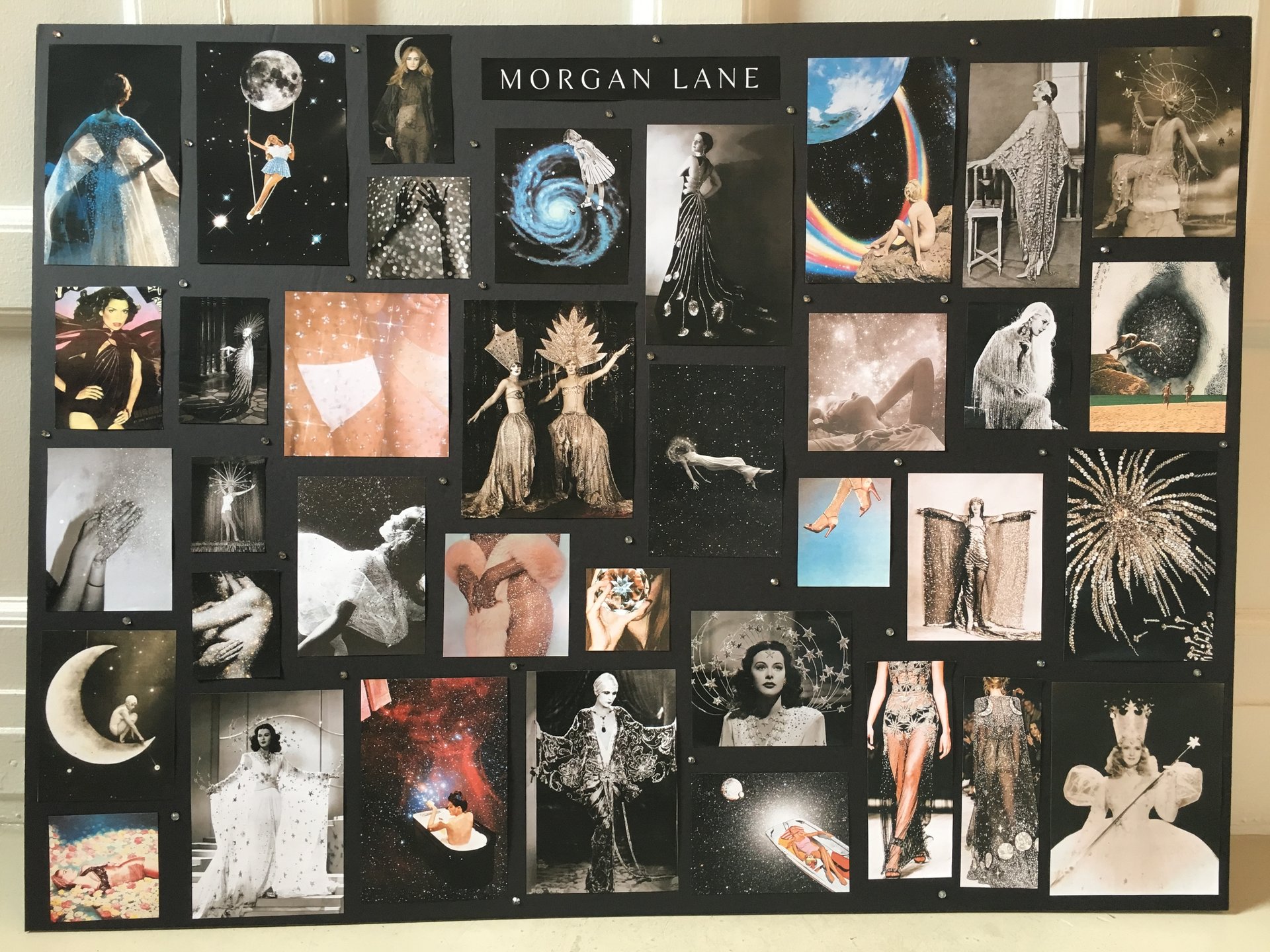

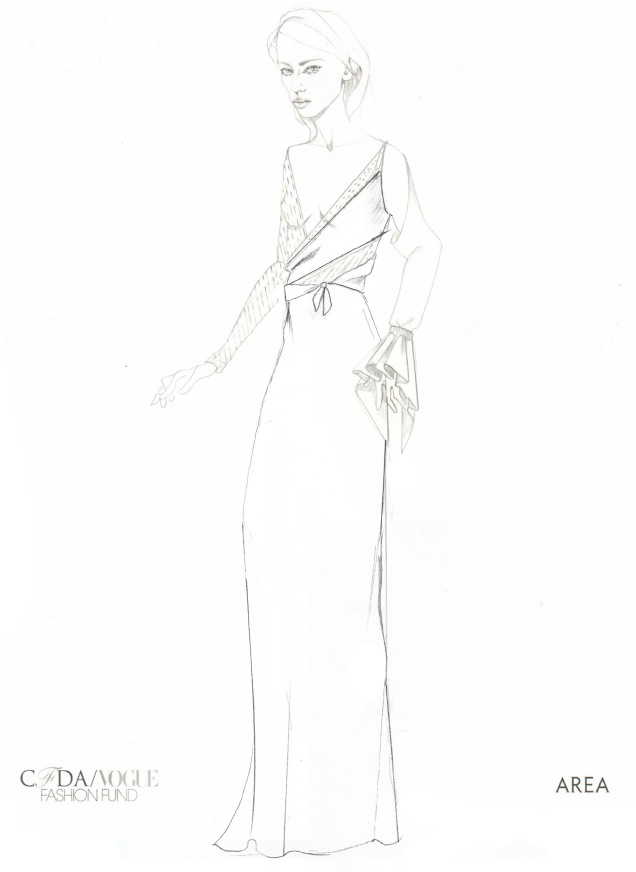

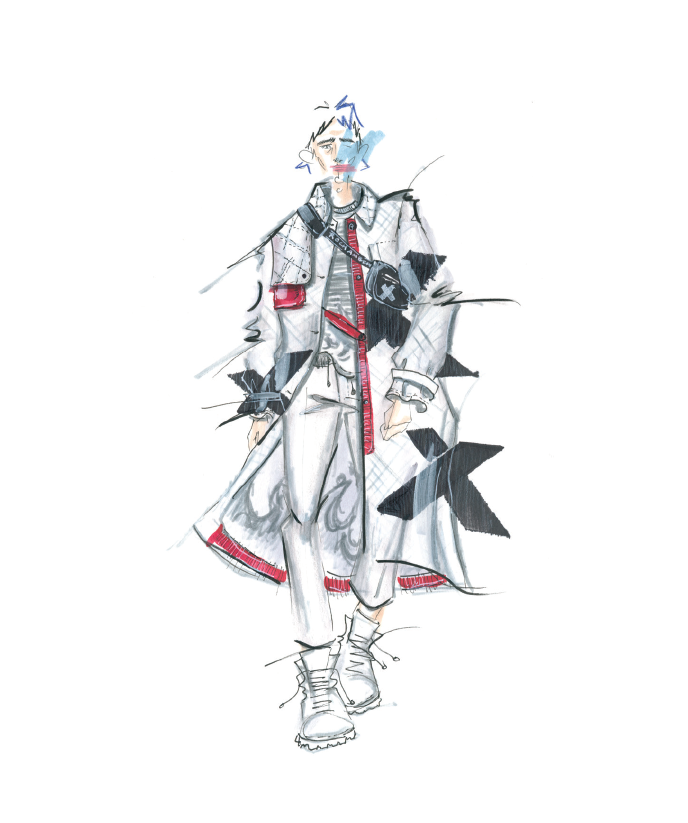

The Design Challenge inspiration for Adam Selman.
The illustration from Brock Collection.
Chloe Gosselin's illustration for the Design Challenge underwritten by Intel.
Ji Oh's mood board for the challenge.
Morgan Lane's inspirations.
Chris Stamp's illustration for the challenge.
The illustration by Area.
Newbark's illustration for the Design Challenge.
Rochambeau's design for the Intel challenge.
KREWE du Optic's sunglasses.
“Wearable technology” is one of fashion’s biggest buzzwords lately, so the fact that this year’s CFDA/Vogue Fashion Fund Design Challenge is underwritten by Intel feels especially fitting. For the challenge, the 10 Fashion Fund Finalists were asked to take Intel’s latest Curie technology — a powerful module about the size of a pea — and integrate it into some sort of wearable fashion. As Intel’s Vice President of New Technology Sandra Lopez put it, “The annual CFDA/Vogue Fashion Fund is the most prestigious accelerator for emerging designers. And for wearables to be successful, we need to deliver variation and differentiation across both style and functionality. Converging fashion and technology ensures that we deliver on both.”
Here, the Finalists share their varied and sometimes unexpected inspirations. And as you’ll see, the future of wearable tech is not about clunky headgear or backpacks with solar panels — the future is now, the future is bright, and the future is looking very, very chic.
NEWBARK
Having styled and designed looks for various music clients — The Rolling Stones, Shirley Manson, Smashing Pumpkins — Maryam and Marjan Malakpour of NewbarK looked to stage-wear for inspiration. “Our boot is designed to be worn by anyone who in their dream would love to feel and look like a rock star,” said Maryam Malakpour. “We took one of our existing boots and amplified it by adding a platform and a chunkier heel to accommodate the placement of the Intel Curie chip.”
For performers, the chip’s accelerometer and Bluetooth capabilities can be integrated into a performance’s lighting and visuals in real time. For everyday wear, the Curie chip controls the shoe’s electric luminescent wire-piping.
ROCHAMBEAU
Laurence Chandler and Joshua Cooper first met as students at Pace University when one day, while riding the elevator, Josh complimented Laurence on his sneakers — a friendship and, eventually, creative partnership were born. “If we met in an elevator today, we probably would have just been staring at our phones and not even met,” said Chandler. “That’s why we thought it would be cool to integrate the Curie into our clothing, so that when you are near someone else with similar interests to you, the Curie either shuts off your phone or sends you a notification. So instead of retreating into our technology, the technology helps you engage and make a real-life connection.”
JI OH
Ji Oh’s submission is a menswear-inspired blazer with an exaggerated shoulder silhouette, inspired by trying on her father’s suiting as a child. “I felt inspired by how Curie could really neutralize everything,” the designer said. “Throughout the day, just by living life, we have all these crazy moments that make people stressed or upset. Curie is sewn into the jacket, and can detect your blood pressure and body temperature. Whenever it goes up, the jacket neutralizes it by keeping you cool so you never feel too intense. It keeps you as who you are. But just imagine a world where you never need Xanax or blood pressure pills, because your clothes keep you healthy and happy.”
MORGAN LANE
For her silk sleeping mask, Morgan Curtis of Morgan Lane felt inspired by the idea of dreaming, especially in the context of her favorite childhood film, The Wizard of Oz. An Intel Curie chip installed in the mask’s strap can track brain waves, temperature and sleep stages. Using this bio-feedback, the mask will identify its users sleep stages and even, theoretically, use temperature controls to steer the user from bad dreams (research suggests that nightmares are associated with increased cranial temperature). Said Curtis: “The mask will sparkle with beauty and luxury on the outside while the Intel technology records, analyzes and improves one’s quality of sleep on the inside of the mask, combining fashion and technology to result in the ultimate product.”
KREWE DU OPTIC
The nature of memory itself was designer Stirling Barrett’s launching point. “What is so inspiring is the idea of how fleeting memory is,” he said. “Memory is always evolving and changing. I was inspired by the actual day I decided to start Krewe. I wish I had a fuller memory — what was going on? What was the weather like? Was there jasmine in bloom here in New Orleans? That was kind of the spark.”
For the Challenge, Stirling housed Intel’s Curie technology in a custom acetate frame, which in turn captures memories in a more complete, natural-feeling way than just snapping a pic with your smart phone. The result is a frame that can stand seamlessly next to any other of Krewe’s offerings. “A lot of what we see in wearables with technology is integrated on top of something. The small size of the Curie module is conducive into integrating the technology into the design itself. The biggest takeaway for me was that fashion is a gateway into wearable technology in a way that tech on its own could never be.”
CHLOE GOSSELIN
Chloe Gosselin remembers visiting Claude Monet’s Giverny gardens at a young age. The lace up booties she created for the Challenge are done in a laser-cut calf hair inspired by flowers from Monet’s gardens. “When thinking of integrating the Intel Curie to my designs, I instantly thought of linking it to travels, how shoes by nature take you places and how what the act of stepping foot in a new place means in our digital age,” she said.
A Curie chip built into the shoe tells the wearer about her environment, not only making suggestions about nearby places to go and things to see, but also sharing information about objects nearby. Visiting Monet’s gardens, for example, could connect sceneries of the garden directly to paintings that would show up on the user’s smart phone, or provide information about specific flowers and plants around.
STAMPD
“I think wearable tech as it exists now is for a specific person, maybe one who is really into something like athletics and wants to track their heart rate or whatever,” said Chris Stamp. “I don’t know if that pertains to my customer. With us, it’s more of a lifestyle person who wants to know about the designer, the material and the fit.” That’s why Stamp proposed sewing Intel Curie technology inside each garment and using it as a high-tech tracking device, providing the user not just A-to-Z information about the garment’s inspirations and materials, but a fully interactive map showing the trajectory of how that garment came to the customer all the way from the factory.
“There’s a consumer benefit but there’s also a business benefit,” explained Stamp. “We can use this for internal logistics tracking so we know exactly where all pieces are being made, tracking the shipment and logistics process all the way to our wholesale buyers.”
ADAM SELMAN
Designer Adam Selman has been dressing exclusive celebrity clients like Rihanna for years, and saw this challenge as an opportunity to bring an exclusive-feeling experience to everyone. “Technology should be something for the masses, as opposed to the top 1 percent” he said. “I like to think of technology as something we all want and we can all have. I have all these private and celebrity clients, and I started to think, what do they have that all girls want? I decided it was a personal assistant.”
Selman integrated Curie technology into a rose-shaped brooch, which can be synced with a phone to light up or vibrate when it’s time for an appointment, an email is received, an Uber has arrived, or so forth. “It’s really a way of connecting with people. It keeps you on track, but it gets you off your smartphone.”
BROCK COLLECTION
Husband and wife design duo Kristopher Brock and Laura Vassar Brock were inspired by two different childhood memories: Laura of riding horses in cotton dresses and her mother’s coats, and Kristopher of a colorful sunset over mountains. From these two inspirations came the idea for a hand-pleated cotton dress with corseted silk taffeta bustier, layered under a floral jacquard dress coat.
“We always think about our woman, where she is going, is she comfortable, and does she like herself. The shape came from my memory and the colors came from Kristopher’s,” said Vassar Brock. “We kept thinking about what our customer wants her clothes to do.” Intel’s Curie module is embedded in a hand-carved horn label in the back of the coat, and allows the wearer access to an app recommending personalized styling tips for how to wear the piece.
AREA
“My design partner Piotrek Panszczyk and I come from very different backgrounds, Poland and Kentucky, so we decided to draw memory from our brand,” said Beckett Fogg. “When we think of Area, our iconic imagery is drawn from specific moments. So it’s not about a specific person or event, but rather a gesture. So this idea of gesture became important, and we started to think about how we might be able to give the Curie a memory of its own.” Through learned gestures of the wearer’s movement, the Curie is able to respond visually by illuminating e-broidery and LED lights throughout the dress.
